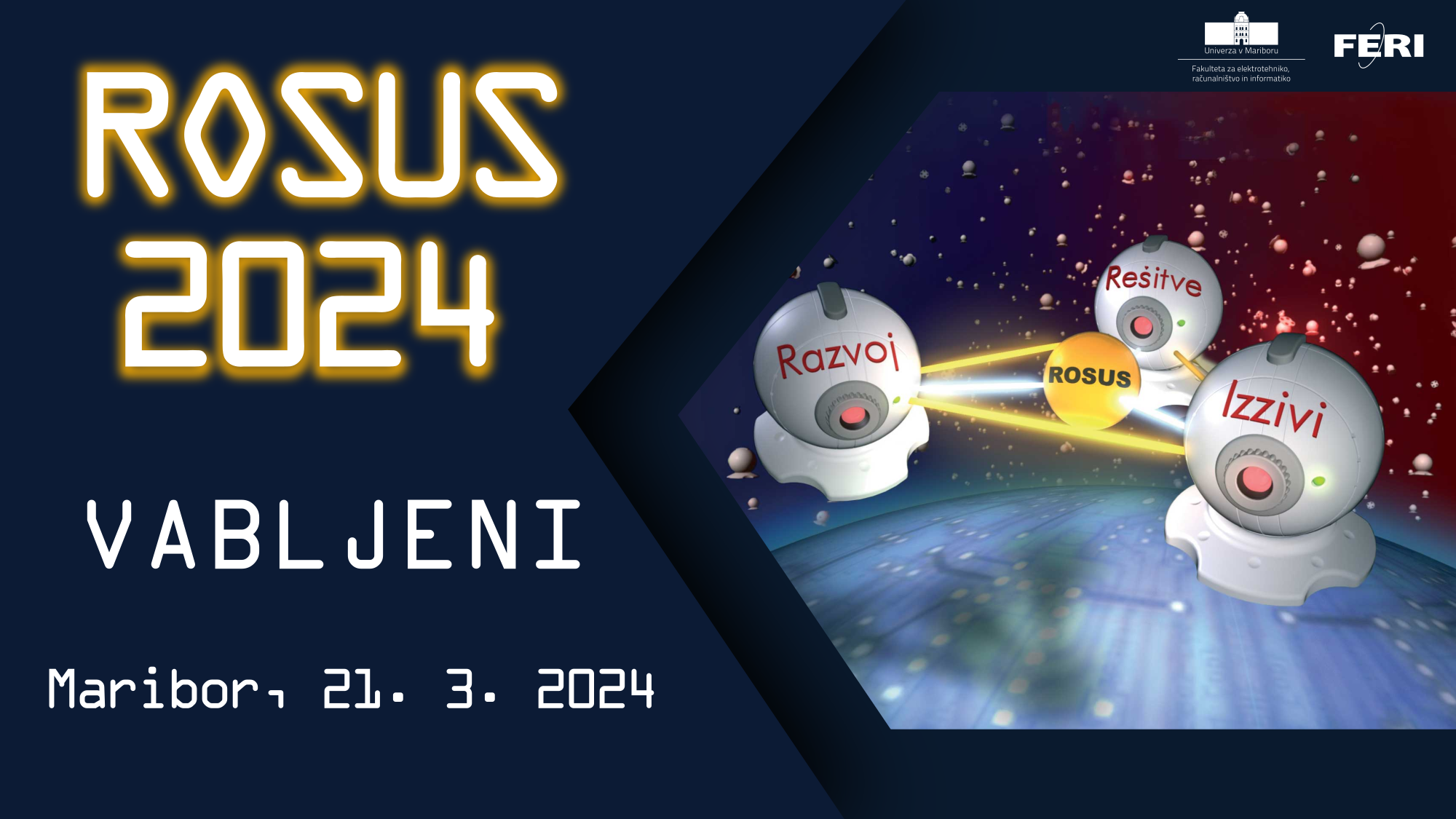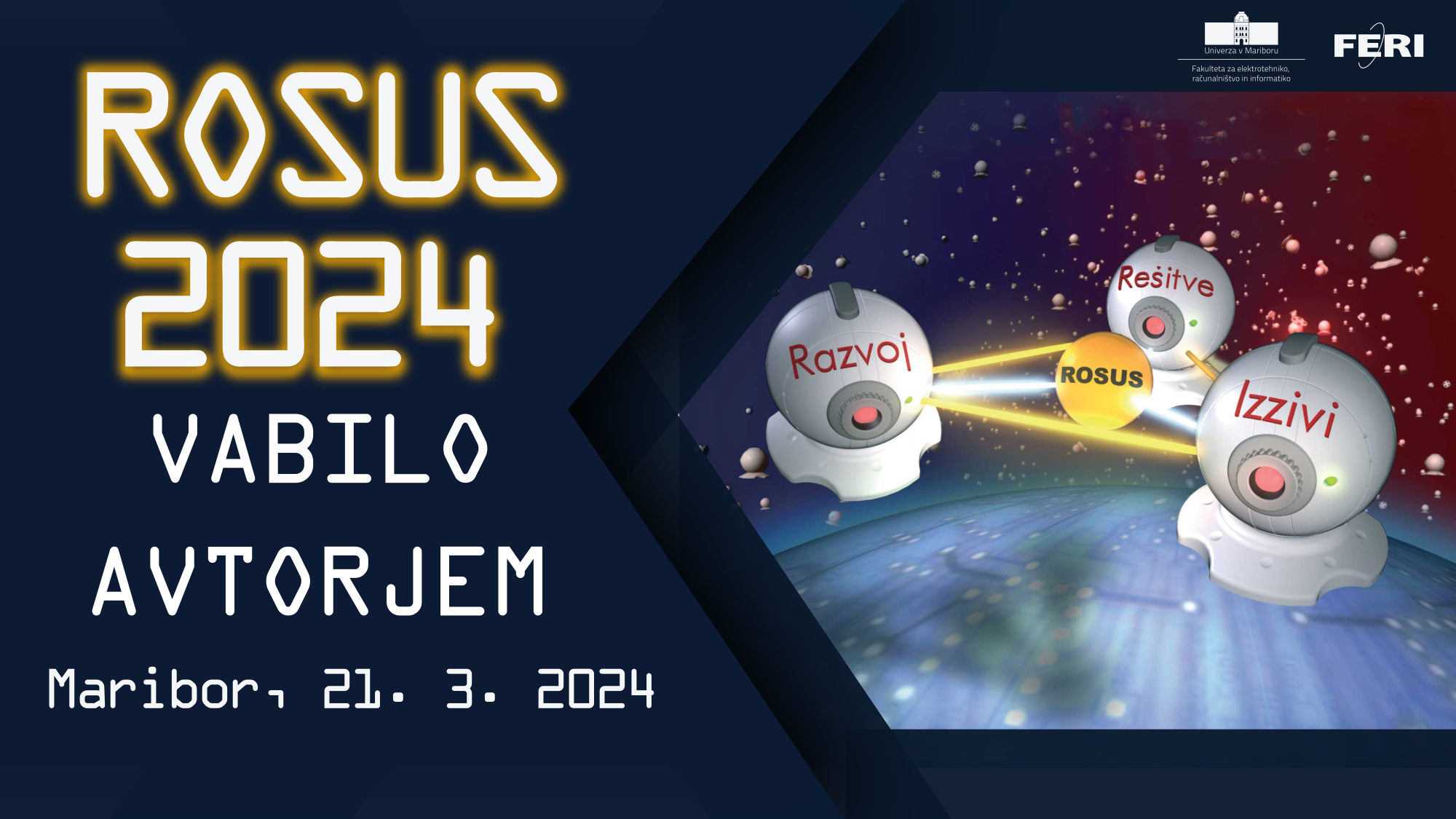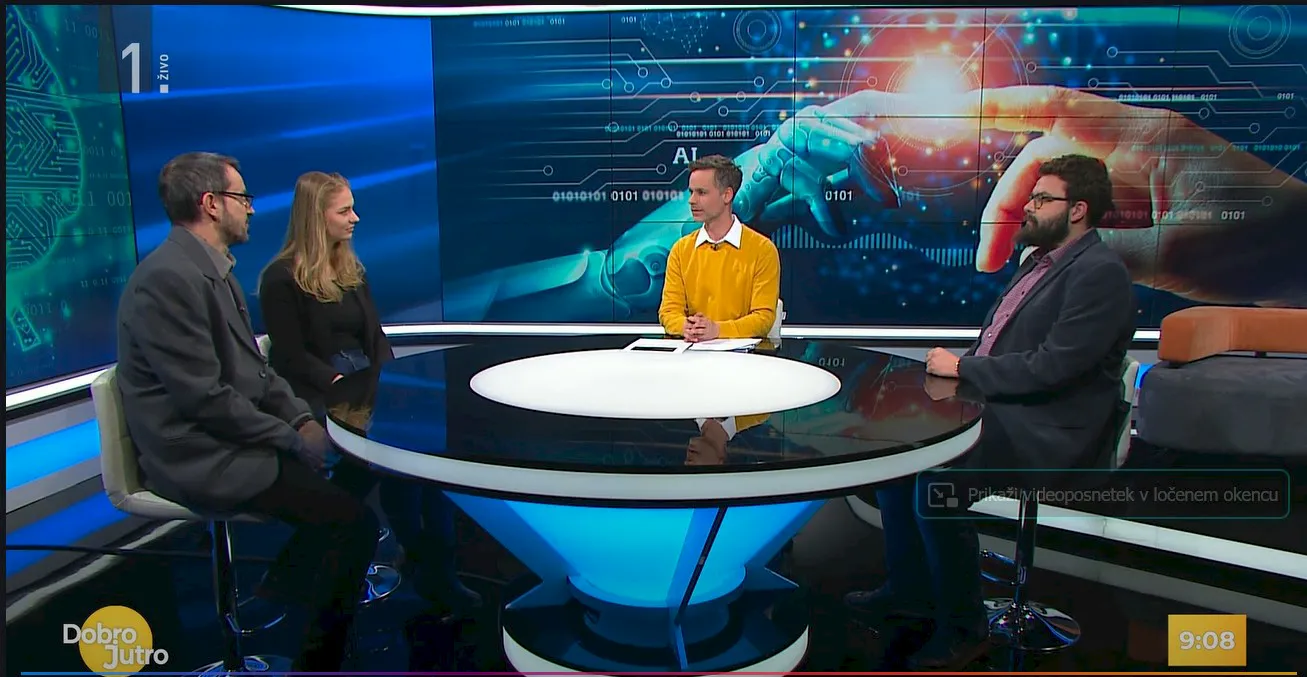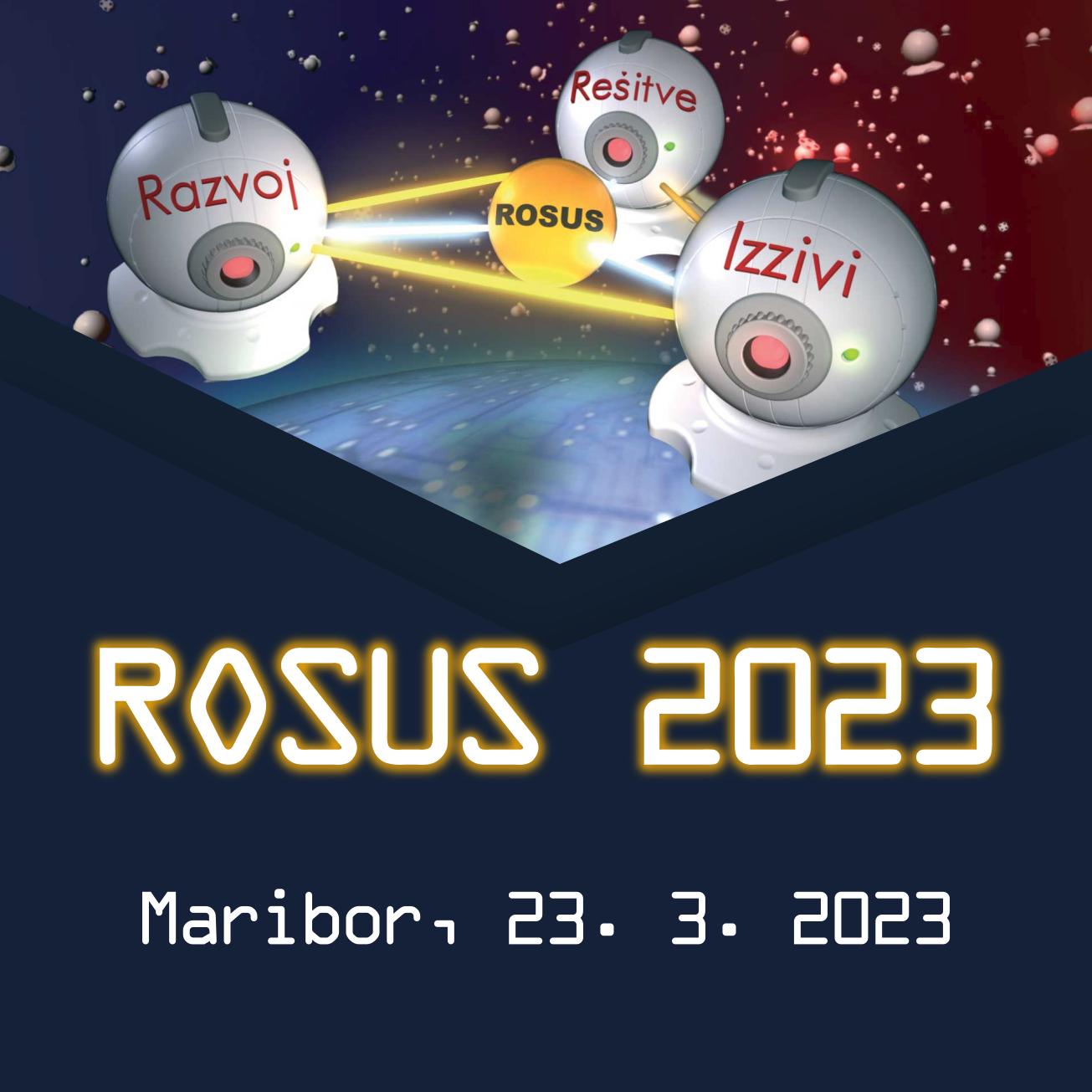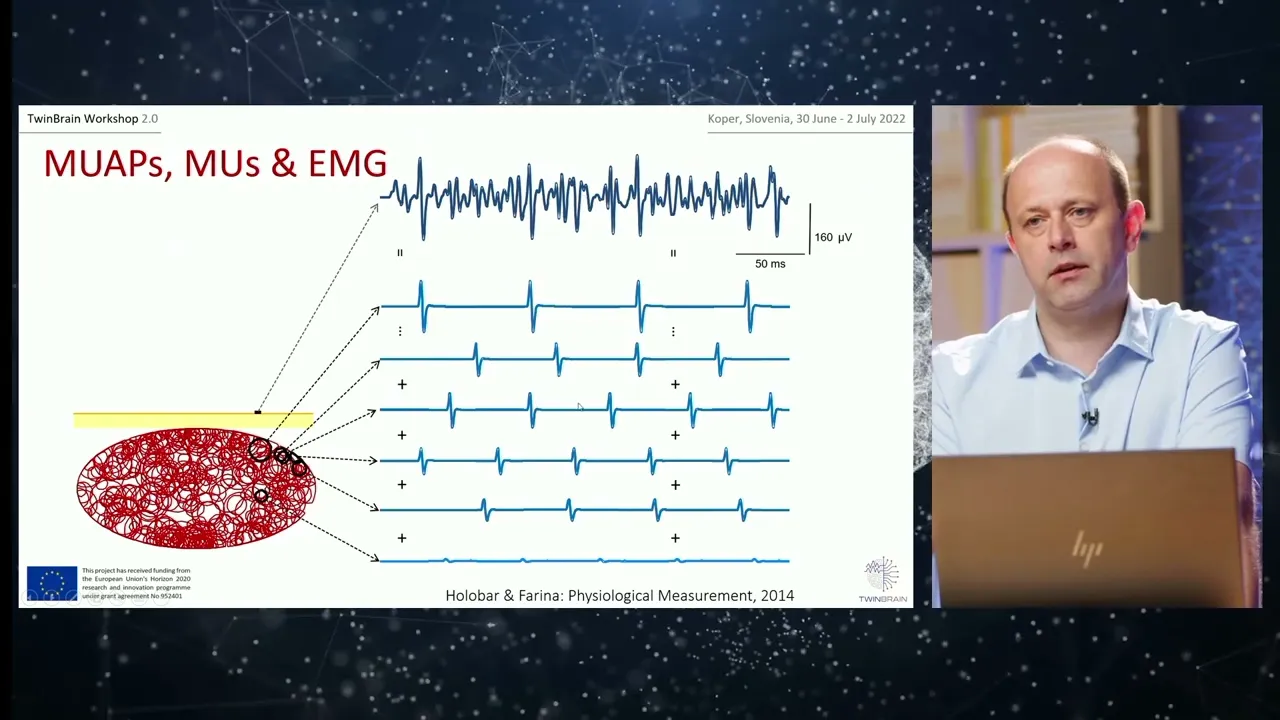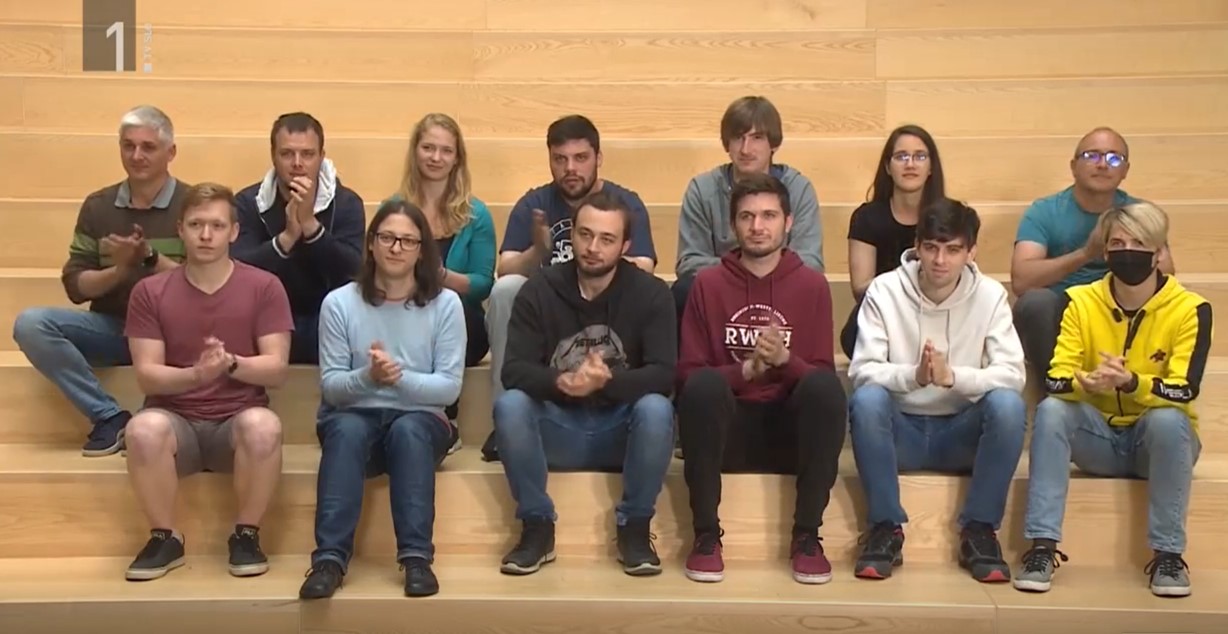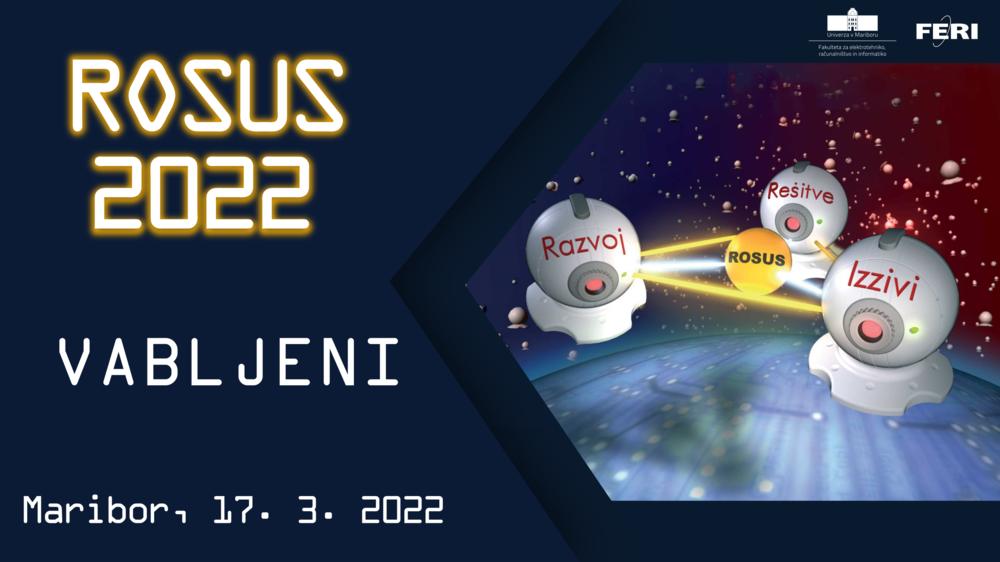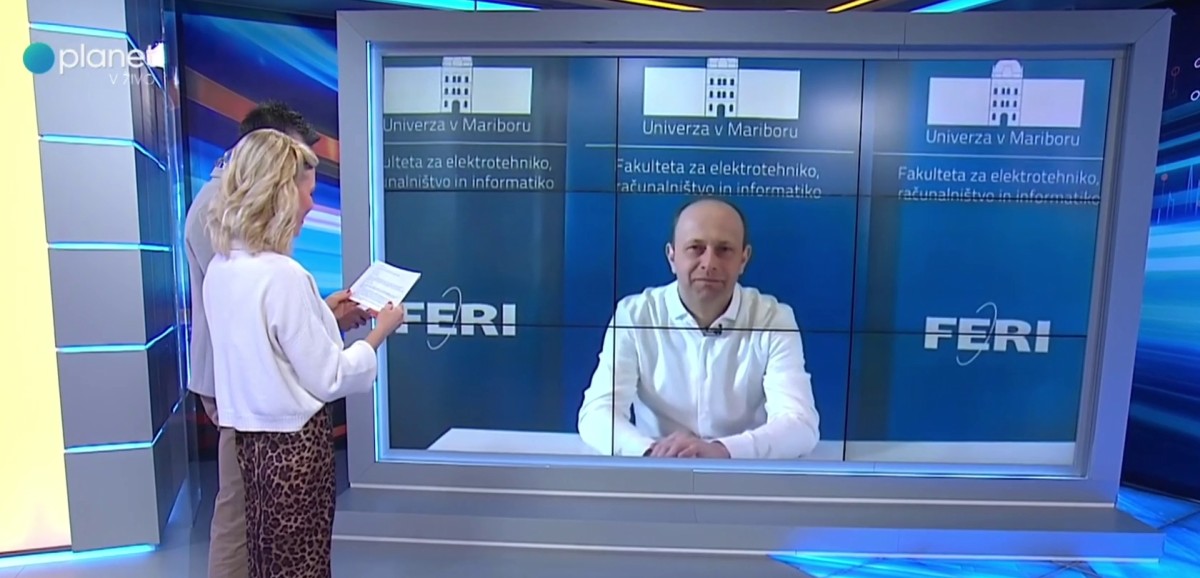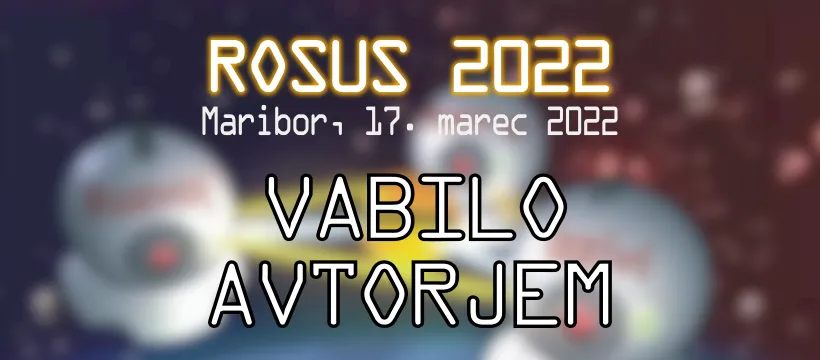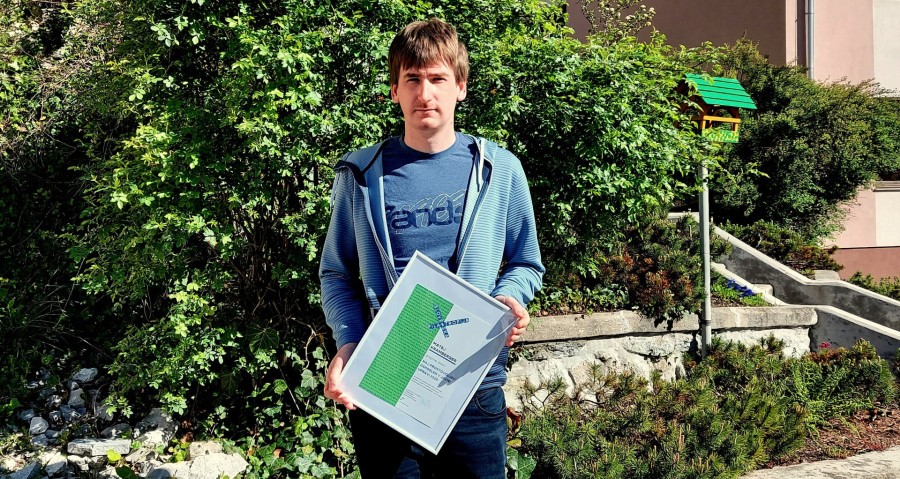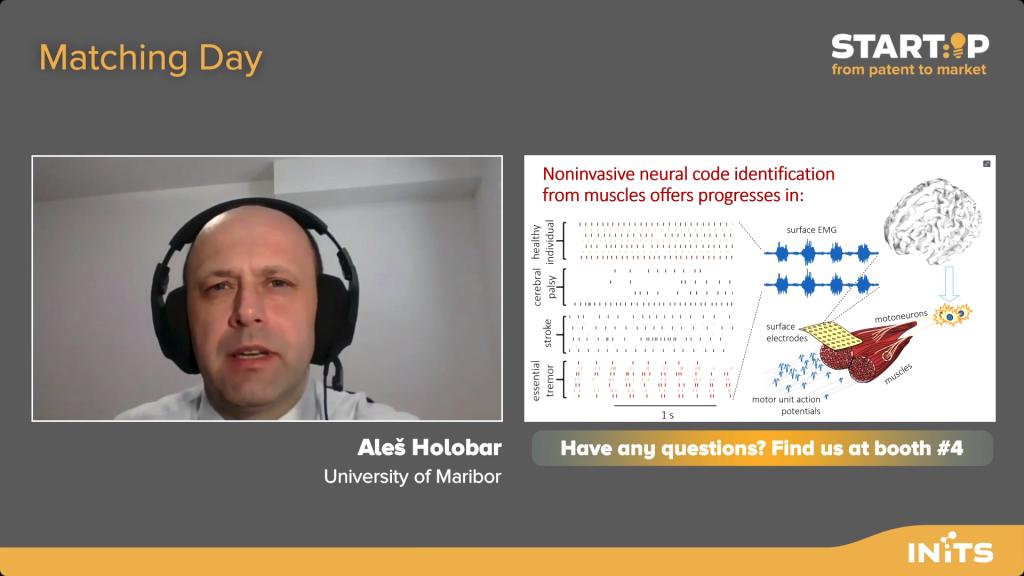Slovenian-France "COTUTELLE" Thesis
Author: Dean Korosec
Mentor: Prof. Dr. Damjan Zazula
Co mentor: Prof. Dr. Christian Doncarli
Date: May. 29, 1999
Analysis of one-dimensional signals by
processing of their time-frequency representations
Keywords: non-stationary signal analysis, linear models, time-varying
parametric modelling, surface electromyographics, transient wide-band signals,
ARMA distances, spectrum dynamics, time-frequency representations, ambiguity
plane classification
UDK: 621.391:681.32
Abstract: This thesis is about the analysis and classification of
non-stationary signals based on estimation and comparison of their time-varying
frequency spectra. Two approaches are presented and compared: parametric models
and time-frequency representations. Both have been successfully applied to
analysis of various bio-signals and a brief overview of those applications is
included. Our application to surface electrmyographics signals is concentrated
arounbd the comparison of spectrum characteristics with respect to different
signals leads in multichannel SEMG recordings. Parametric sliding window
estimation and coefficient decomposition techniques are used to evaluate the
spectrum changes due to the muscle fatigue. The relative decrease of mean
frequency in confirmed to be a stable parameter which can be detected from
SEMG during the constant level isometric contractions with only a minor influence
of the chosen parametric model order and electrode placement, although several
signal characteristics (including the absolute mean frequency) differ greatly
regarding different muscle physiology zones.
From the observation of the real SEMG spectrum behavior we constructed a model of transient wide-band signals and we derived the analysis and comparison tools in both parametric and non-parametric framework. Three parametric classification approaches (two estimation methods in combination with several generalised ARMA distances and linear discriminant analysis of decomposition coefficients) proved to be adequate solutions to the presented problem. We also propose the generalised ARMA distances as a measure for expressing the changes of time-varying spectrum. Continuos spectrum needed for such purpose can be conveniently obtained by the coefficient decomposition estimation.
Finnaly, we propose a non-parametric classification scheme, based on the selected information in the ambiguity domain. In the four step procedure of a supervised classification we developed two approaches of dealing with several classes. Although this kind of classification yields the results inferior to parametric methods in case of wide-band signals, it is advantageous for multicomponent narow-band signals. Especially the enhanced probabilistic scheme of using several class-to-class comparisons to bring a final decision should be considered as a novel approach in data-driven time-frequency and ambiguity domain classification.












